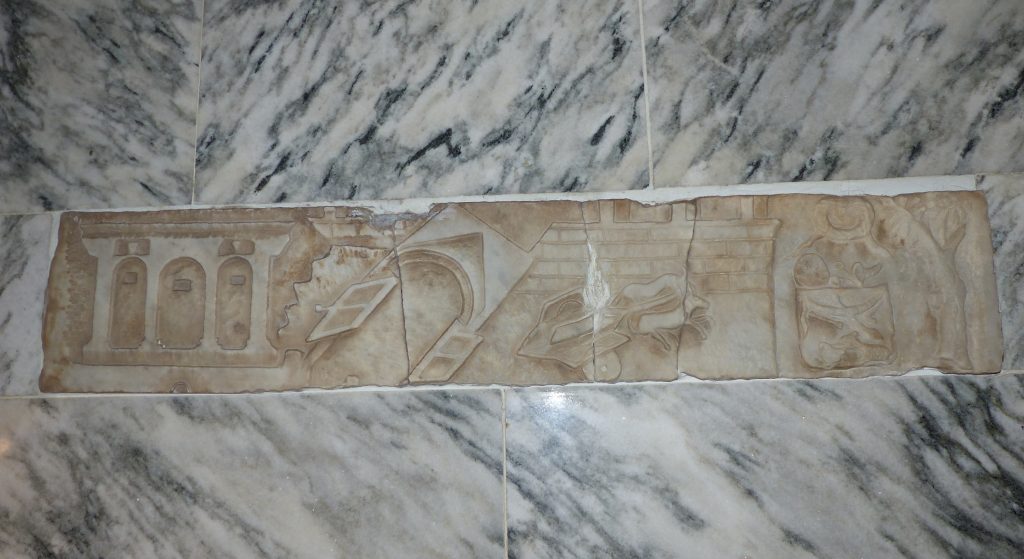SEA STATE 6: Capsize
2014 - Film & Video (Film & Video)
8:02 minutes
Charles Lim
In SEA STATE 6 Charles Lim takes the viewer down the Jurong Rock Caverns in Singapore, a massive underground infrastructure for oil and fuel storage, built to support the commercial operations of oil traders, petrochemical ventures and manufacturing industries in the area. The first of its kind in Southeast Asia. Located at a depth of 130 meters beneath the Banyan Basin on Jurong Island, the Caverns provide infrastructural support to the petrochemical industry that operates on Singapore’s Jurong Island, a cluster of islets reclaimed into one major island and connected to the mainland in the 1980s. When it opened in 2014, Phase 1 of the caverns were holding some 1.47 million cubic meters of oil storage tanks. This is about the size of 600 Olympic swimming pools. The volume of undersea rocks excavated from Phase 1 equals 1.8 million cubic metres, enough to fill 1,400 Olympic swimming pools. In the opening scenes, we see the artist sailing, his boat ultimately capsizing, leading us to discover the Jurong Rock Caverns. Viewers are guided down a still-empty cavern, where there is ongoing construction and workers toil away to the comforting melody of a Malay song and the sailing boat appears as the metaphor of a possible escape.
Charles Lim Yi Yong’s work encompasses film, installation, sound, recorded conversations, text, drawing, and photography. Over the last thirteen years, he has developed a body of work entitled SEA STATE that explores the political, biophysical and psychic contours of the city-state of Singapore, largely through the visible and invisible lenses of the sea. SEA STATE premiered at the Singapore Pavilion at the 56th Venice Biennale in 2015, and has since been shown at the NTU Centre for Contemporary Art Singapore, where he developed the work over a nine-month residency. Lim’s multimedia project takes the sea as its focal point. Here, the sea is treated as a mapped resource, an abstract commodity, and an entity through which strategic nation-building, as well as economical and political pursuits, are built. A former Olympic sailor, Lim’s lifelong engagement with the sea reveals the invisible politics of Singapore’s relationship with the ocean as a political entity, a commodity and an imaginary boundary. The project’s early stages studied Singapore’s coastal ecology and the effects of industrial activities, while recent iterations examine Singapore’s expansion through land reclamation and the ongoing quest to make the finite, infinite.
Colors:
Related works sharing similar palette
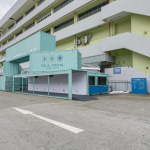
© » ARTS EQUATOR
A Malaysian under lockdown reviews Singapore Art Week 2021 | ArtsEquator Thinking and Talking about Arts and Culture in Southeast Asia ArtsEquator Viewpoints January 27, 2021 By Ellen Lee (2,500 words, 9-minute read) Looking through the 35-page programme booklet for the 9th edition of Singapore Art Week (SAW), I was fully struck by my Malaysian-ness...

© » FRANCE24
Final works and a Pokemon mashup: New van Gogh exhibitions - arts24 Skip to main content Final works and a Pokemon mashup: New van Gogh exhibitions Issued on: 06/10/2023 - 16:58 11:53 arts24 © FRANCE 24 screengrab By: Marion CHAVAL | Aline BOTTIN | Magali FAURE | Alison SARGENT In this roundup of cultural news, we kick off with the winner of this year's Nobel Prize in Literature: Norwegian author and playwright Jon Fosse...
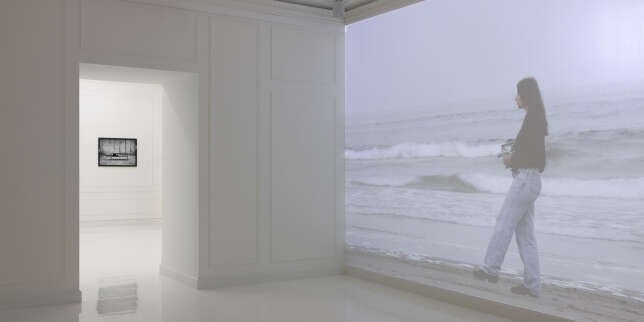
© » LE MONDE
Sarah Brahim remonte ses souvenirs dans un maelström de gestes et de sons Cet article vous est offert Pour lire gratuitement cet article réservé aux abonnés, connectez-vous Se connecter Vous n'êtes pas inscrit sur Le Monde ? Inscrivez-vous gratuitement Article réservé aux abonnés Vue d’ensemble de « Sometimes We Are Eternal », exposition de Sarah Brahim, à Lugano (Suisse), en octobre 2023...

© » LENS CULTURE
Dreaming on the Hudson - Photographs by Andrew Kung | Essay by Magali Duzant | LensCulture Feature Dreaming on the Hudson Questioning preconceived notions of masculinity and Asian American identity against the backdrop of the Hudson River Valley, Andrew Kung weaves a new American pastoral in images that capture tender moments of youth...

© » KADIST
Didem Pekün
2018The black-and-white projection, Araf by Didem Pekün, begins, as a lithe man stands high up in the middle of the grand, rebuilt 16th-century Ottoman bridge in Mostar, in Bosnia and Herzegovina...
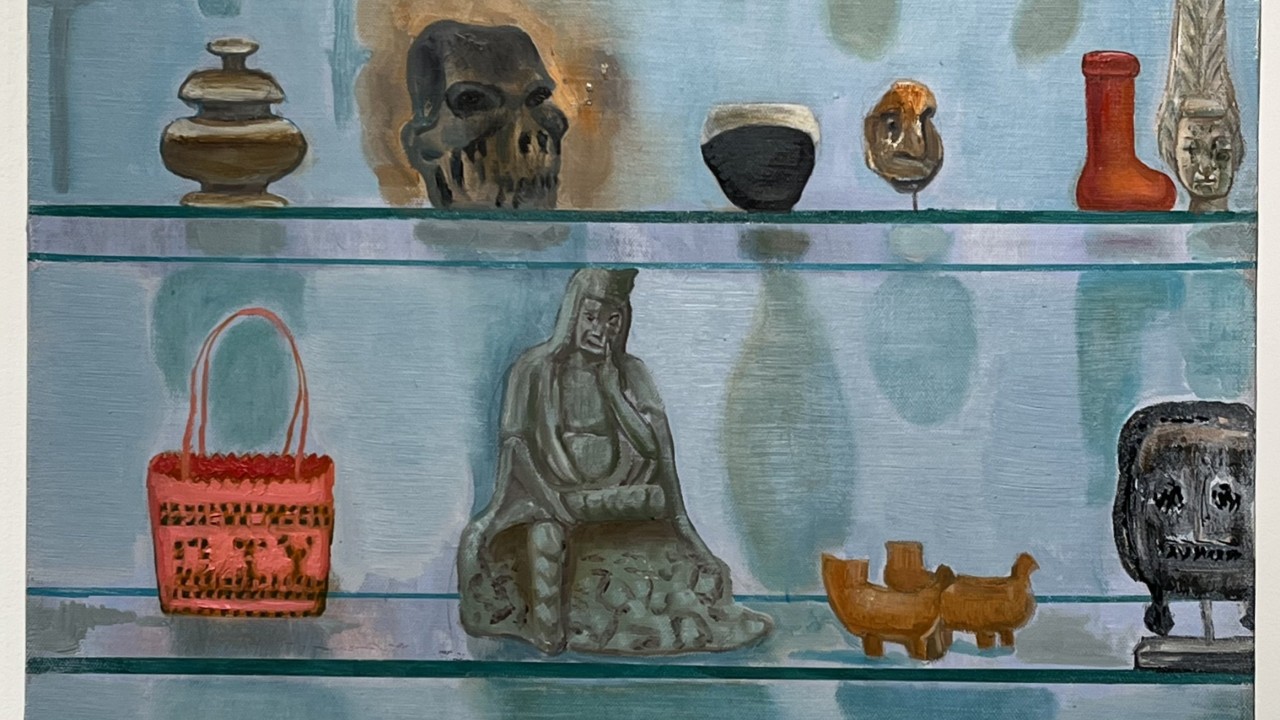
© » SOUTH CHINA MORNING POST
Private Chinese art museum makes a comeback, 2 years after sponsor’s pull-out left it on life support | South China Morning Post Advertisement Advertisement Art + FOLLOW Get more with my NEWS A personalised news feed of stories that matter to you Learn more A preview of the auction for Guangdong Times Museum in January, held to raise funds for its relaunch...

© » KADIST
Lynn Hershman Leeson Women Artists in KADIST’s and Videobrasil’s Collections An Online Video Exhibition streaming at videobrasil.online from September 27–November 28, 2021 From early on, the work of Lynn Hershman Leeson (1941, Cleveland, USA) anticipated the impact of technological developments on our lives and has explored how women’s identities are coded and decoded by them...

:quality(70):focal(3635x2915:3645x2925)/cloudfront-eu-central-1.images.arcpublishing.com/thenational/74ZGLA3OLJGYFOAOTPFRYRWT6Q.jpg)

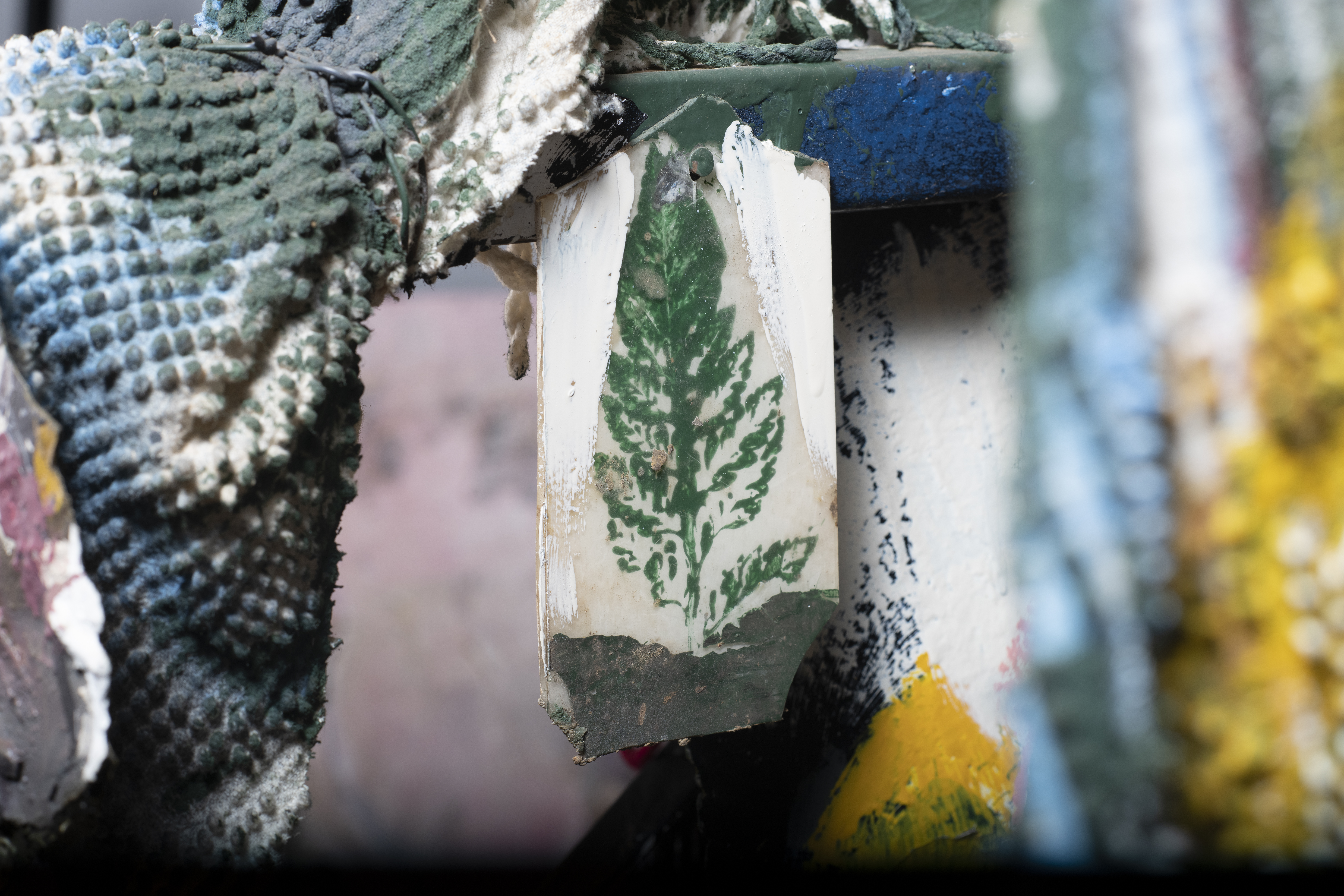
/cdn.vox-cdn.com/uploads/chorus_asset/file/22496659/ss_856dc0a7fdf8bffb04cff24a3c9176e628879ff5.jpg)

